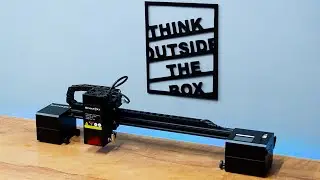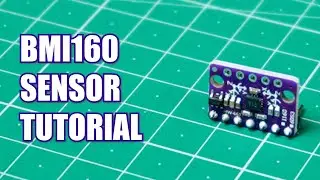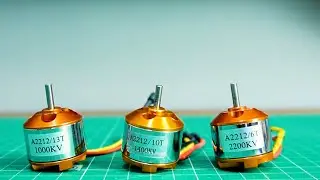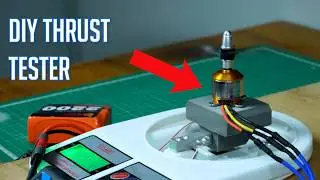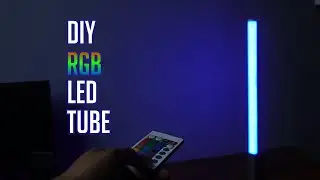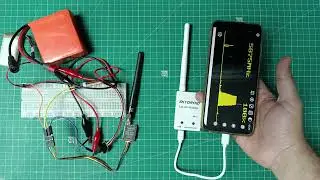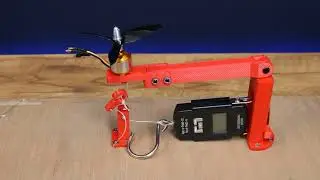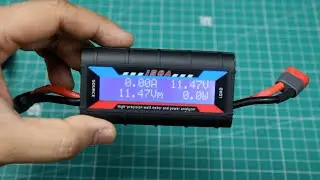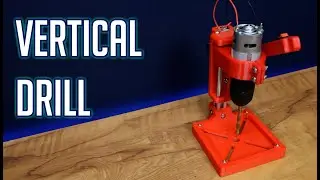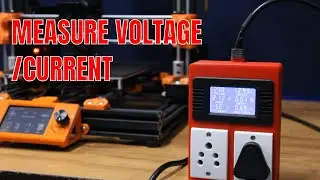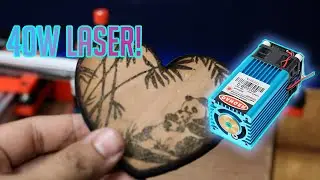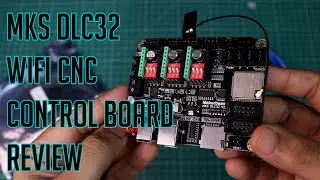NRF24L01 Arduino Tutorial - Wireless Communication
NRF24L01 Arduino Tutorial - Wireless Communication
in this video we will see how to use the nrf24l01 to communicate wirelessly with 2 arduino boards
first we will have an overview of the features of the nrf24l01
then we will test the module with an example code
in example 1, we will send a Hello World Message over 1 board to another
in the second example, we will control a led bulb on the uno using button on the nano,
and simultaneously control a servo motor on the nano using a joystick on the uno.
Code and Schematic Link:
https://bit.ly/34qNUqA
the nrf24l01 is a rf transciever module, which means a single module works as both transmitter and receiver
it operates at a frequency of 2.4 ghz, which is one of the ISM band,
meaning it is open to use in most countries
the operating voltage is 1.9-3.6v, but the logic pins are 5v tolerant, so it can work with arduino
it has a baud rate or transfer rate of 250kbps to 2mbps
it has a maximum range of 100 metres, but works upto 60 metres in real conditions
it has 125 channels, meaning it can have a network of 125 transcievers at the same time
the power consumption during transmission is around 13mA
it uses SPI communication protocol
now lets see the connection
you have to connect the MOSI, MISO, SCK pins to the SPI pins of the arduino.
different arduinos have different pins for SPI. you can check the wiring diagram.
the SCN and CE pins can be connected to any digital pins of the arduino
we are using this IC socket base for the module, which has a power regulator and parallel capacitor
for safety.
you can have any input voltage in this socket base.
the last pin is an interrupt pin which is not used.
once we have connected the modules to the arduino, we can proceed to upload the code.
first we need to download the rf24 library. you can find the download link below.
we need to include the spi, nrf24l01 and rf24 libraries
we then define the ce and csn pins connected to the rf module.
and we define a 6 character address to the module, which is same of the receiver
with the radio.begin command, we initiate communication between the modules.
with the radio.openwritingpipe/reading pipe, we enable the module to transmit or receive data.
with the radio.start/stoplistening command, we begin reading any incoming data on the module.
you can find the codes in the description below.
now lets check the serial monitor to see the incoming message.
in our second example, we control a servo motor on the nano using a joystick on the uno,
and we control an led bulb on the uno with a button on the nano.
you can find the code for it in the descriotion below.
i have used my portable power supply to power the circuit as the servo consumes high current
as you can see i am able to control the servo and led.
hope you enjoyed the video. do let me know your views in the comment below.
Solder Iron i Use: http://bit.ly/2GSArih
Helping Hand Magnifier: http://bit.ly/2Uh11oe
arduino uno Micro USB: http://bit.ly/aRdUiNo
also do check out these cool 3d Printers:
Creality Ender 3 pro : http://bit.ly/36m1POI
Creality CR-10s pro: http://bit.ly/2QmqU6z








